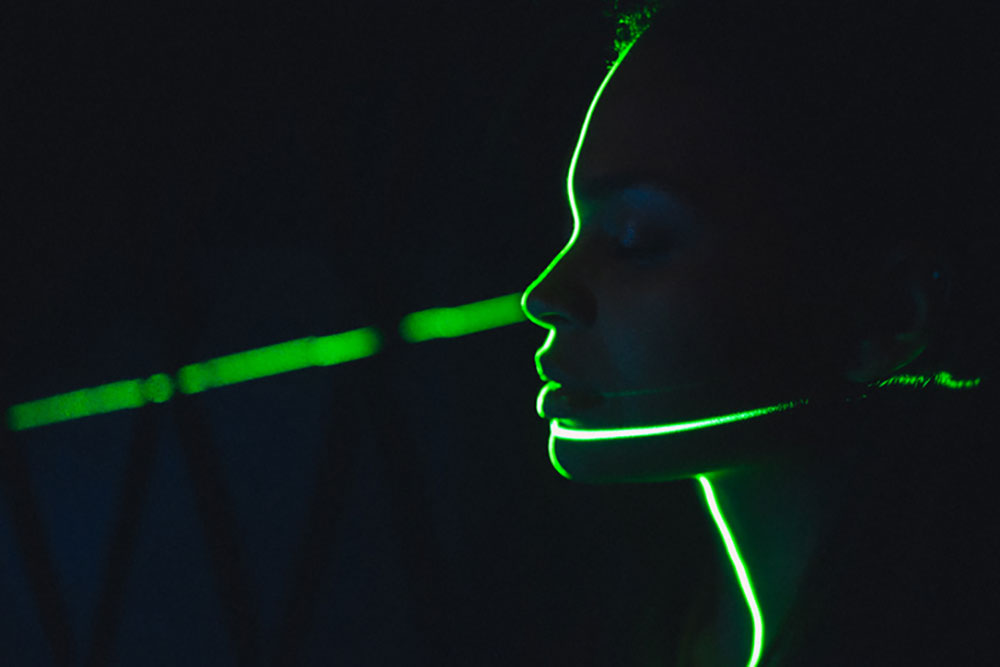By Valerie Monroe
If you’re interested in feeling happier about your appearance—especially as you age—you might like reading what she has to say about it. For more of her philosophical and practical advice, subscribe for free to How Not to F*ck Up Your Face at valeriemonroe.substack.com.
THE NUMBER of you who’ve read my dermatologist-approved simple skincare routine has reached the size of a small town; a few of the populace seem interested in treatments involving some kind of device. Which brings me to a query from one of the more vocal in the community.
“Ask Val” answers your urgent questions, Vol. 38
Yes, you in the front row sporting goggles?
Q: I want to invest in having laser facials one or two times a year. But there are so many lasers now! What’s the best treatment to start with?
A: I think what’s most important about what you’re calling laser facials is that you have your treatments—whatever you choose—in a board-certified dermatologist’s office. Why? The success of your treatments will depend largely on the quality and condition of your skin. So consulting with a dermatologist is mandatory. Which is why I emailed HNTFUYF DermDiva Heidi Waldorf, who, as usual, had lots to offer.
First, Waldorf notes that “laser facial” can mean many different things. Laser, in case you forgot, is an acronym for Light Amplification by Stimulated Emission of Radiation. So when you describe something as a laser, it’s like describing that furry creature nestled on your couch as a dog. Is it a teacup Pomeranian or a Tibetan Mastiff? There’s a range of devices with an equally wide range of effects.
To complicate matters more, “laser” is often used loosely to describe other light sources, like intense pulsed light (IPL). (Unlike lasers that emit a focused beam of one wavelength of light, pulsed-light devices emit a range of wavelengths.) There are also non-light, energy-based devices that use radiofrequency, ultrasound, electric currents and/or radio waves; non-energy-based devices such as microneedling; and others that use these modalities in combination, says Waldorf.
Whatever the device, the results depend on the wavelength, power, number of passes on the skin, and other important parameters. And this is why it’s critical that the person wielding the wand knows exactly how the magic happens. I’m reminded here of a favorite William Carlos Williams poem:
so much depends
upon
a red wheel
barrow [the dermatologist]
glazed with rain water [her expertise]
beside the white
chickens [uh, devices]
Waldorf adds that when devices are used correctly and parameters are adjusted for a patient’s skin color, treatment area, and specific needs, they’re generally safe. But because side effects can and do occur, it’s critical that you be treated by a person—or someone who has direct access to a person—who can handle complications quickly and effectively.
At the very least, be sure whoever is doing the procedure asks specifics about your medical history; explains the benefits, risks, alternatives, and cost of the recommended treatment; and lets you know whom you can contact if you have concerns afterward, says Waldorf.
This post will, I hope, help preserve your skin and your health. I probably haven’t helped you figure out which kind of treatment you might like—but that’s hard, because I don’t know the condition of your skin or anything else that might contribute to understanding what might be most effective for you. In general, IPL treatments work well to brighten the complexion and diminish little spider veins and hyperpigmentation (dark spots). Personally, I like radio frequency microneedling to brighten my skin. But ask a doctor what might most benefit you and, as much as possible, the results you’ll see. Be clear about your goals: More-even skin tone? A teensy (and pricey) tightening? Clarity about what you’re aiming for will likely be the most reliable bellwether of your satisfaction.
As always, before you do anything, take a long, loving look at your face.


